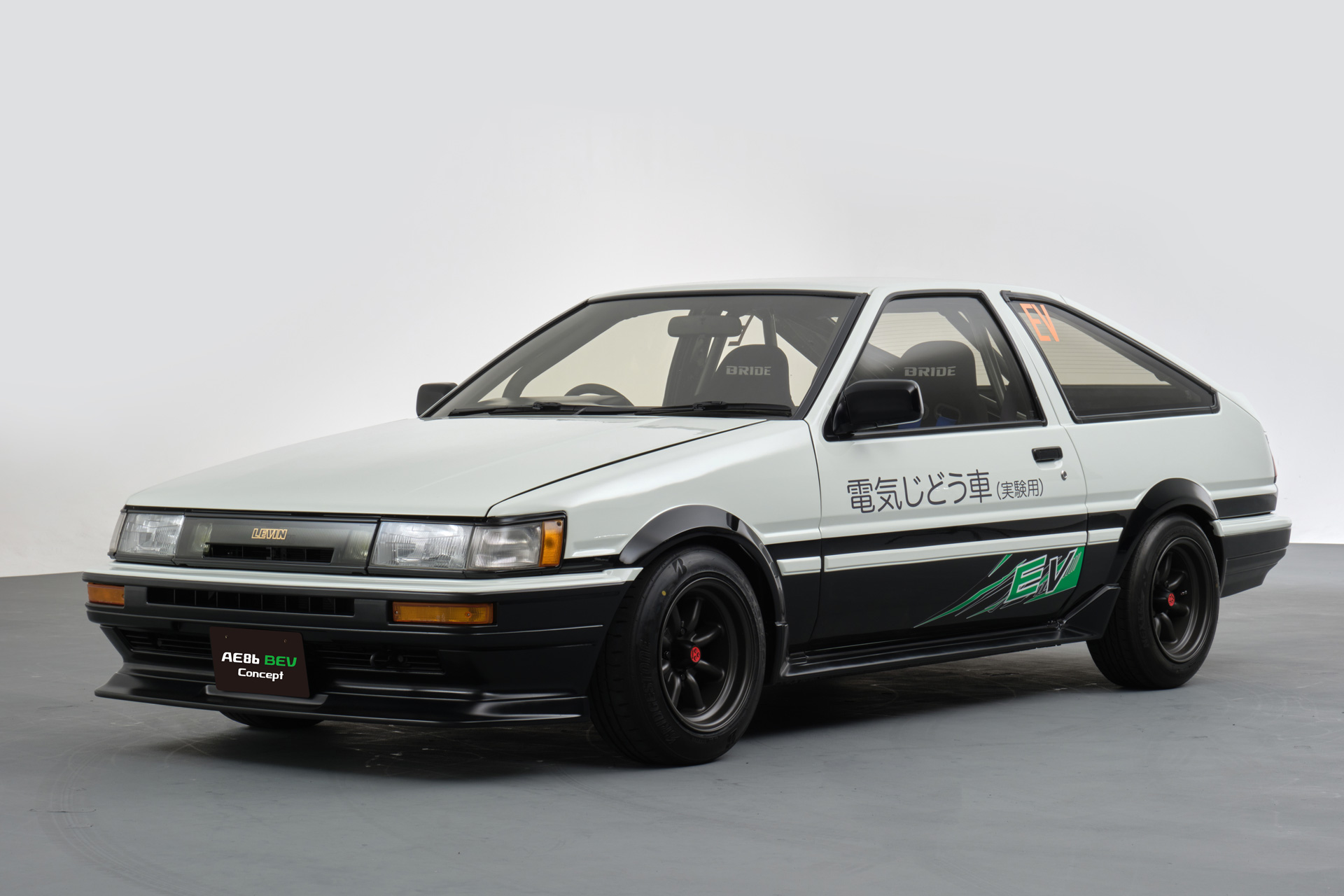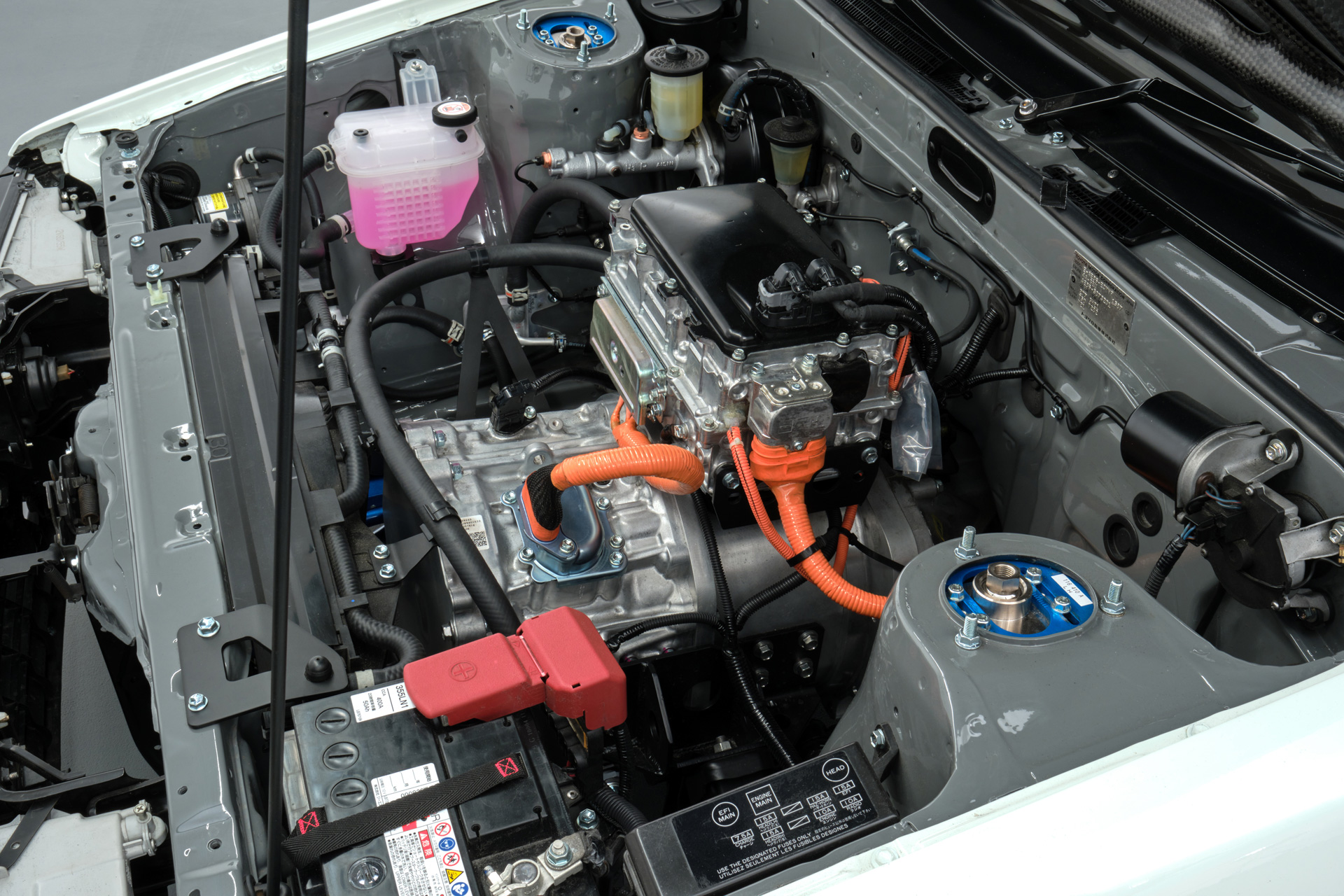The story behind the Toyota AE86 BEV, AE86 H2 concepts
The AE86 BEV and AE86 H2 were developed to show how models from the past can be enjoyed in the future

In an effort to simultaneously promote carbon neutrality and also pay tribute to its glorious creations from the past, Toyota recently unveiled two very interesting versions of the AE86 at the Tokyo Auto Salon 2023 - one that is powered by hydrogen and another that is converted into a battery electric vehicle.
Firstly, we have the Toyota AE86 H2 Concept (hydrogen-engine vehicle) which utilizes Toyota's knowledge acquired by "making ever-better motorsports-bred cars" as put into practice by TGR and ROOKIE Racing in Japan's Super Taikyu Series.

For this version, two Toyota Mirai fuel cell electric vehicle high-pressure hydrogen storage tanks are mounted in the rear, and other modifications, including fuel injectors, fuel pipes, and spark plugs, have been kept to the minimum.
And then we have the AE86 BEV which utilizes the electrification technologies cultivated by Lexus.
While the AE86's body, light weight, and front-rear weight balance were maintained as much as possible, Toyota says that the robust driving force characteristic of a battery electric vehicle (BEV) and a manual transmission were adopted to develop a vehicle that offers even greater driving pleasure than the original.

The vehicle also makes maximum use of the electrification technology of existing commercially sold vehicles, employing a Tundra HEV electric motor, a Prius PHEV battery, and others.
Aiming to contribute to carbon neutrality by working together with aftermarket parts manufacturers, both AE86-derived concept vehicles feature rejuvenated used seats and seatbelts and seatbelt pads made from recycled materials.

Another interesting thing that was pointed out by Toyota is how the letters "E" and "V" have always been part of the Levin name since the model was born 50 years ago, making it somewhat a "destiny" for the model to be electrified in order to be cherished by future generations.

No technical details or performance figures were revealed by the Japanese manufacturer. In fact, these versions are highly unlikely to be produced as well, as Toyota said they are merely a presentation of ideas on how iconic models from the past can be enjoyed in the future by adopting new technologies.










